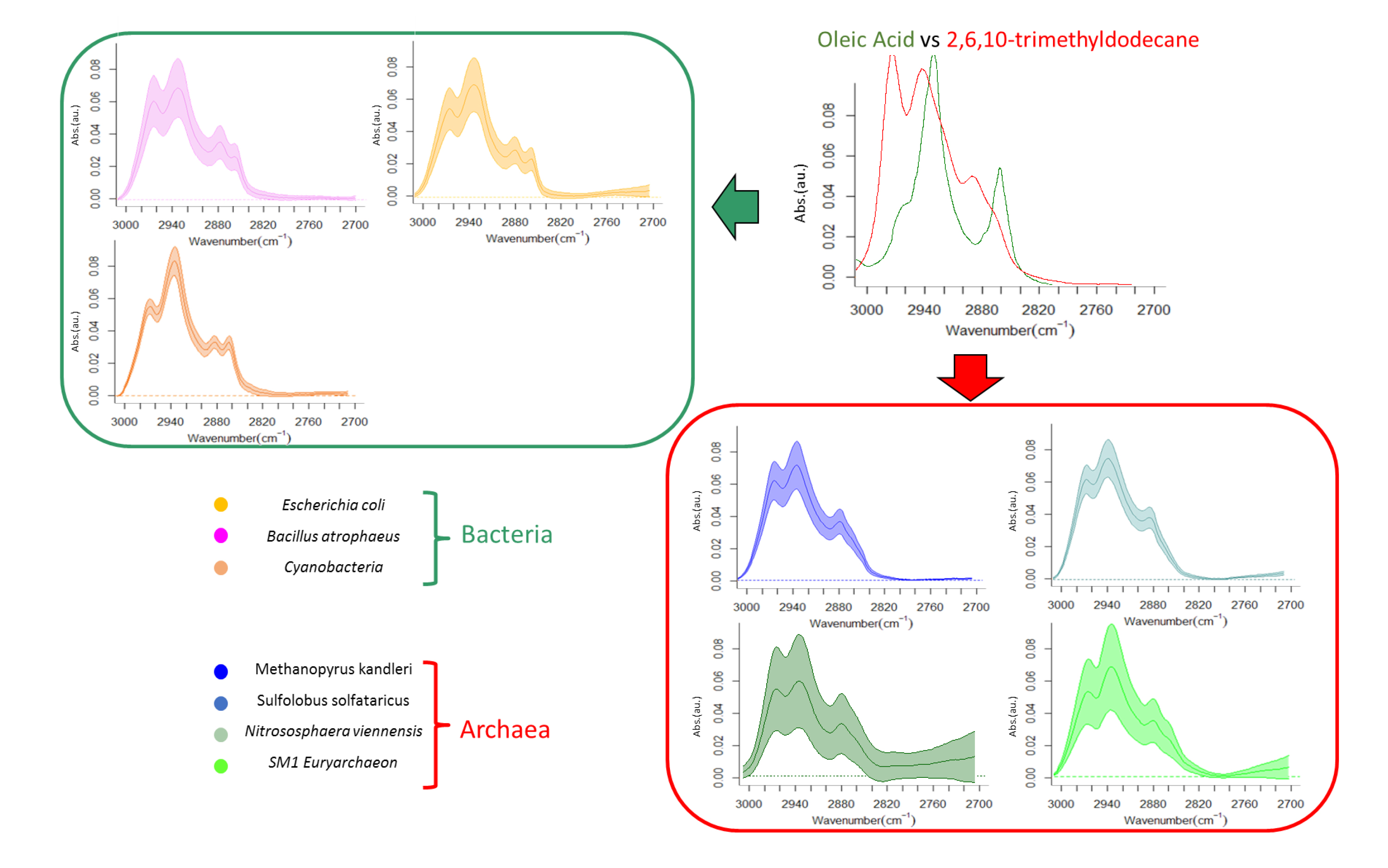It turns out your skin is crawling with single-celled microorganisms—and they’re not just bacteria. A study has found that the skin microbiome also contains archaea, a type of microbe commonly found in extreme environments, such as hot springs and Antarctic ice. Nowadays it is known that archaea exist in sediments and in the Earth’s deep subsurface as well, and for 30 years they have been known to be in the human gut and linked with the human microbiome. Based on the literature, however, scientists didn’t know that archaea existed on human skin until six years ago.
Now, the results of genetic analysis, together with data obtained from Fourier-transform infrared (FTIR) spectroscopy at ALS Beamline 5.4, suggest that an increase in archaea is linked to reduced skin moisture and that they are most abundant in subjects younger than 12 and older than 60. The findings were made possible by the development of a rapid and label-free method to distinguish archaea from bacteria. Developed by Hoi-Ying Holman and her colleagues in the Berkeley Synchrotron Infrared Structural Biology (BSISB) Imaging Program, the technique measures the unique infrared spectral signature of archaeal membrane lipids.
The detected archaea are probably involved in nitrogen turnover on skin and are capable of lowering skin pH, supporting the suppression of pathogens. Bacteria with similar capacities are already used as skin probiotics, potentially improving skin health and reducing body odors. So far, there is no evidence that the archaea are skin pathogens.

Work performed at ALS Beamline 5.4.
C. Moissl-Eichinger, A.J. Probst, G. Birarda, A. Auerbach, K. Koskinen, P. Wolf, and H.-Y.N. Holman, “Human age and skin physiology shape diversity and abundance of Archaea on skin,” Scientific Reports 7, 4039 (2017), doi:10.1038/s41598-017-04197-4.
Adapted from the Berkeley Lab news release, “What’s On Your Skin? Archaea, That’s What.”